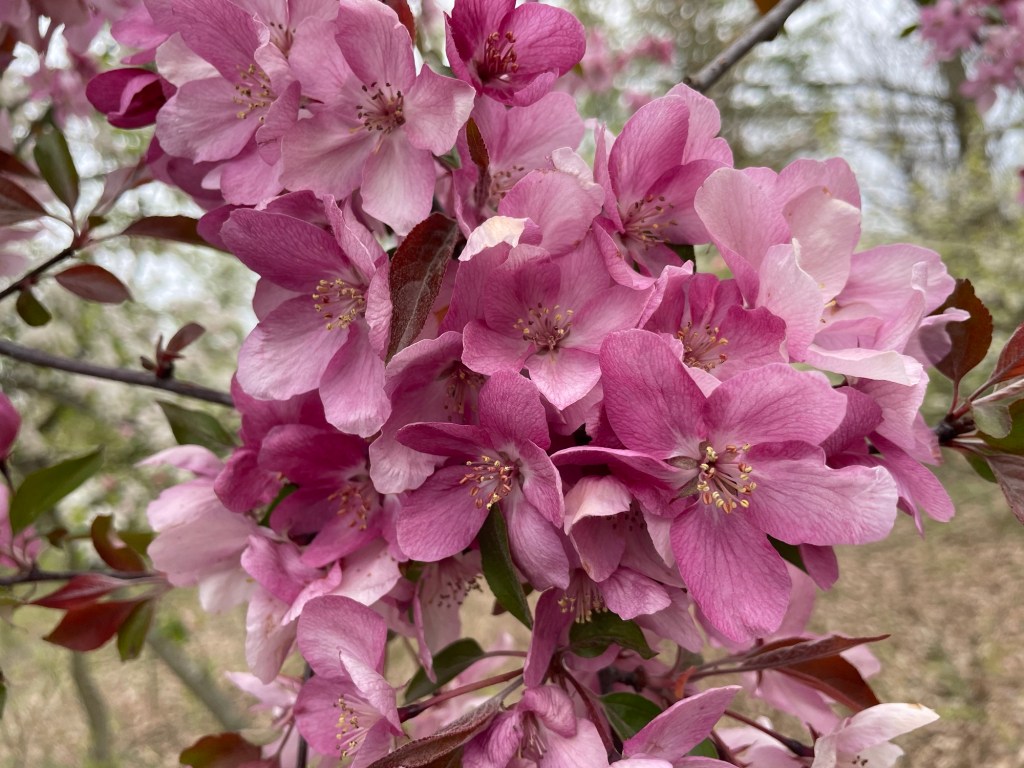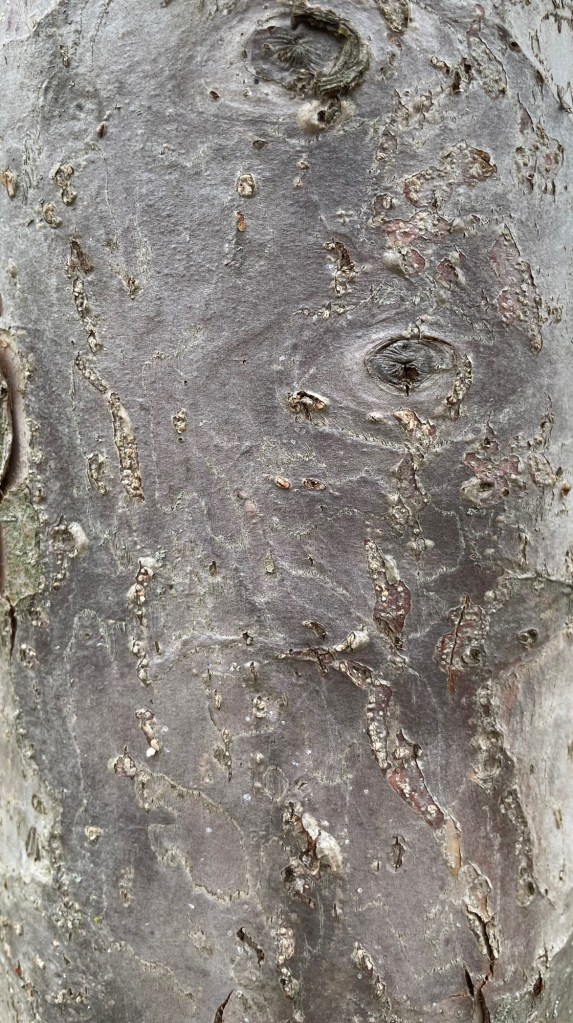One of my first connections I made with my business after graduating from college was supplying seeds to other nurseries. I was surprised at how much time that took. At the time, my little nursery was using seeds I collected from parks in town. The city parks contained massive oaks and every few years you would find me there on the ground picking up acorns one by one. When I began producing the same acorns from seedling trees I cultivated at my farm, I began to understand the value of the seeds along with the actual cost of production. It wasn’t something I planned. I was totally clueless of the seed market. To understand it better, I had many conversations with other woody plant seed collectors as well as some of the owners of these seed companies. What surprised me was that you had essentially a whole industry of seedling production from seeds collected by retired and ‘out-of-work’ people across the nation. Some people had minimum wage jobs and then used the seed collection as secondary income. They may sell to a particular nursery and then they started making calls if they found a particularly good seed tree. All of the state government run and wholesale nurseries purchased seeds. A few nurseries sold seeds if they had excess. I visited one such nursery where a room was filled with quarts of white dogwood berries all stacked on trays on movable shelving units. You were looking at thousands of hours of collection and who knows how many people. Seeing that many dogwood berries lined up like strawberries was amazing to me.


As time went on and my seed orchards began producing in great abundance past what I could produce as plants, I had the task of attaching a value or price to the seed. What is the value of a seed? So much power in such a small package. I loved exchanging seed. It was very fulfilling to exchange seed. To sell seed might not be as much fun. Its commerce not entertainment. We started getting requests for seeds and created a seed packet at a local printer and started a seed list. I was not sure of this so I made a ball park estimate. Not too accurate. The seed packet idea lasted a decade before it flopped entirely. As time went on, the seed demand rose dramatically then stayed the same and then diminished over time before I deep sixed it. One of my buddies from high school worked in the commodity markets of some type in Chicago in the eighties. He told me the stress of selling was so high that it was not sustainable for more than a few years. People broke down. For me selling seeds was natural and easy and not stressful. The idea of producing something that has a very low cost nationally or a product that is widely available in other forms makes it less likely to succeed. Should I harvest the full crop of medlars this year or have I fulfilled the medlar seed market? The whole thing was very dinky and part of a very tiny specialized market with a small audience attached to it. Trying to sell woody seeds is not like garden seeds. Today I focus on the most useful plants with the greatest potential for change in the seed and plant market. I collect them in large enough quantities that makes it more efficient processing them one by one in the Dybvig macerator and cleaner. Having the seeds safely and snugly stored away is a good feeling knowing that they could provide a whole new avenue of fruit or nursery production for someone.

To explain this scenario to other people in the nursery or seed industry was fruitless in many ways. The information would land on closed minds. It is this value of a seed that makes me think about the importance of seeds and how they can change life so quickly. There are so many fantastic discoveries that people have uncovered yet few are recognized related to their personal research into trees.

I will let the seed speak. I will find health and well-being in my relationships in the farming and tree growing community. I will find ways to make my seeds available to those who will listen and employ small but powerful steps to create a means to help others into this new age. I will plant a seed. It won’t take much as the ground has been cultivated, it’s warm out and it just rained. It’s time to plant and I have ideas.
Enjoy. Kenneth Asmus


You must be logged in to post a comment.